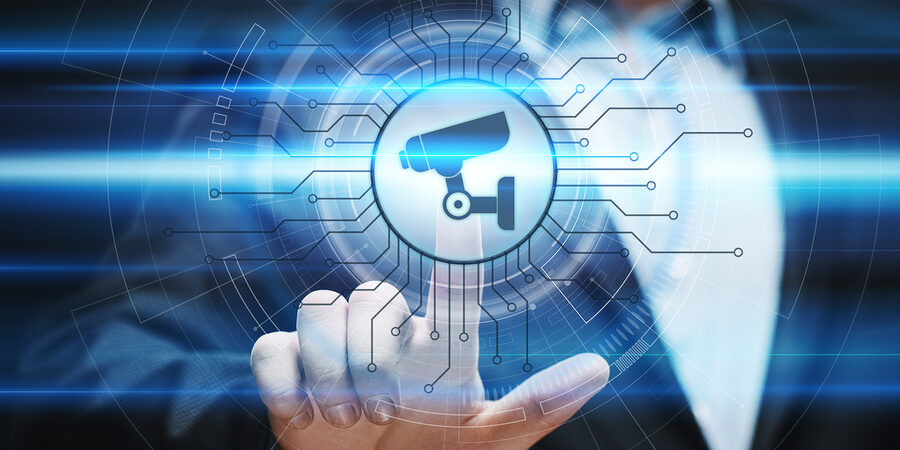Monitor employees
Organizations use CCTV to monitor the actions of workers. Every action is recorded as an information block with subtitles that explain the performed operation. This helps to track the actions of workers, especially when they are making critical financial transactions, such canceling or cancelling of a sale, withdrawing money or altering personal information.
Actions which an employer may wish to monitor could include:
Scanning of goods, selection of goods, introduction of price and quantity;
Input and output of operators in the system when entering passwords;
Deleting operations and modifying existing documents;
Implementation of certain operations, such as financial statements or operations with cash;
Moving goods, revaluation scrapping and counting;
Control in the kitchen of fast food restaurants;
Change of settings, reports and other official functions.
Each of these operations is transmitted with a description, allowing detailed monitoring of all actions of the operator. Some systems allow the user to search for a specific event by time of occurrence and text description, and perform statistical evaluation of operator behaviour. This allows the software to predict deviations from the standard workflow and record only anomalous behaviour.
Use in schools
CCTV is widely used in schools due to its success in preventing bullying, vandalism, monitoring visitors and maintaining a record of evidence in the event of a crime. There are some restrictions on installation, with cameras not being installed in an area where there is a “reasonable expectation of privacy”, such as bathrooms, gym locker areas and private offices (unless consent by the office occupant is given). Сameras are generally acceptable in hallways, parking lots, front offices where students, employees, and parents come and go, gymnasiums, cafeterias, supply rooms and classrooms. The installation of cameras in classrooms may be objected to by some teachers.
Criminal use
Criminals may use surveillance cameras to monitor the public. For example, a hidden camera at an ATM can capture people’s PINs as they are entered, without their knowledge. The devices are small enough not to be noticed, and are placed where they can monitor the keypad of the machine as people enter their PINs. Images may be transmitted wirelessly to the criminal.








